Your Better chooice for NACS Standards
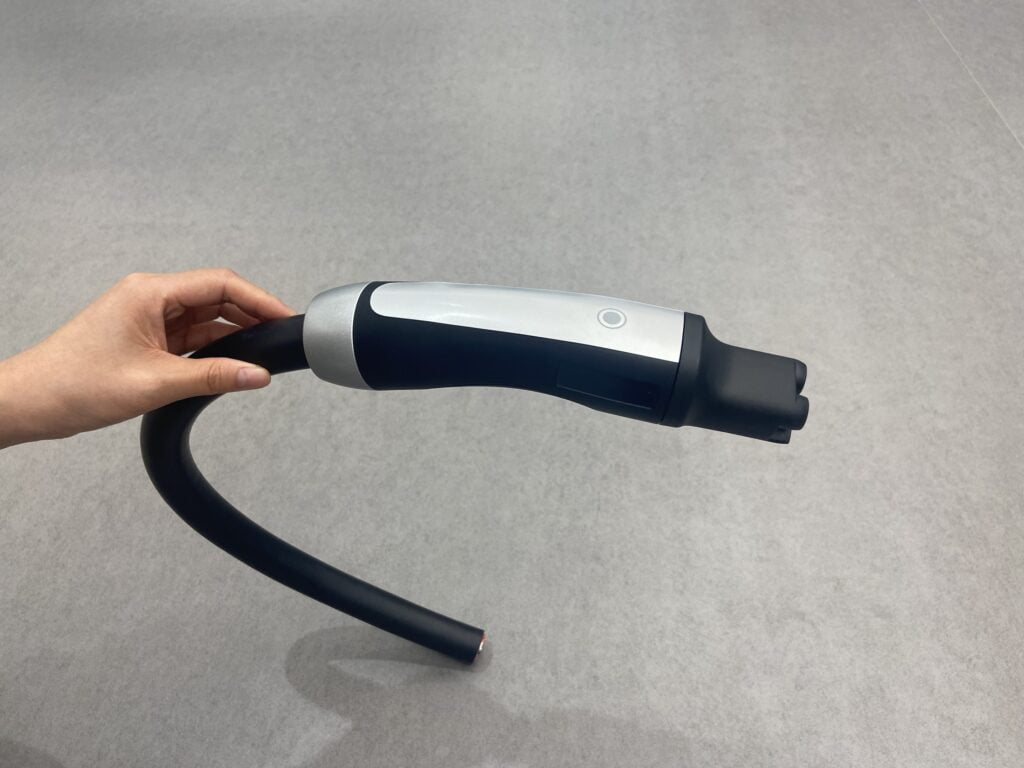
In addition to our range of electric vehicle charging solutions, we proudly offer Tesla AC/DC plugs. These high-quality, versatile plugs are designed to accommodate your Tesla vehicle's charging needs, ensuring a fast, efficient, and reliable charging experience.
The Tesla AC cables max 80A, including 32A,40A,50A.
The tesla DC cables max 250A.
All NACS cables have UL certificate
we customize your demands
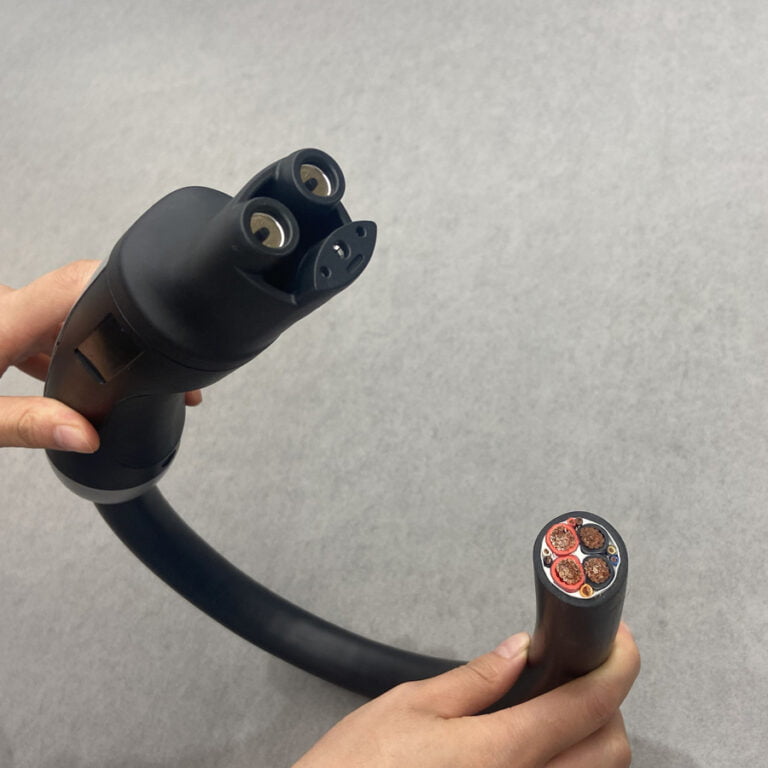
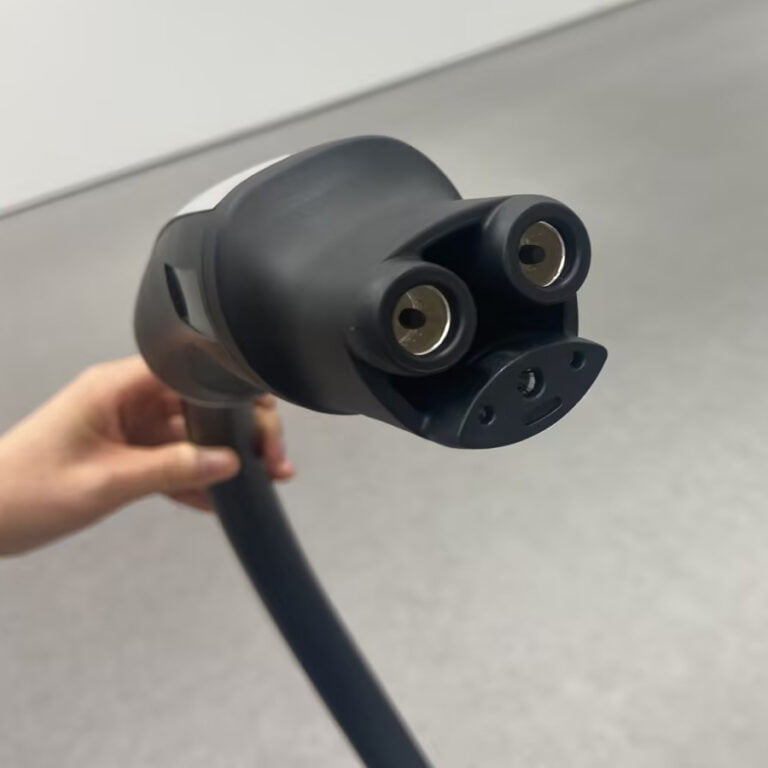
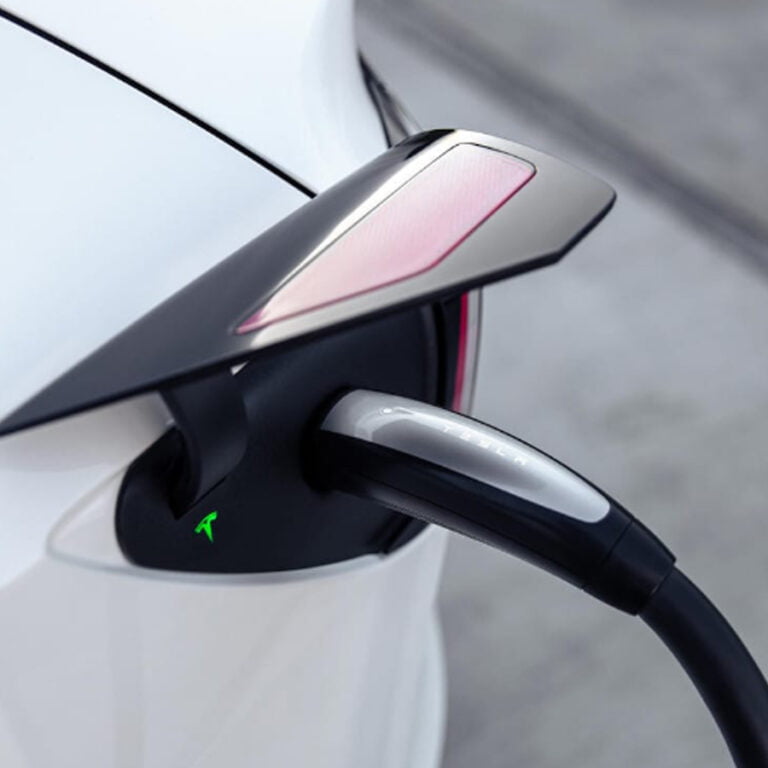
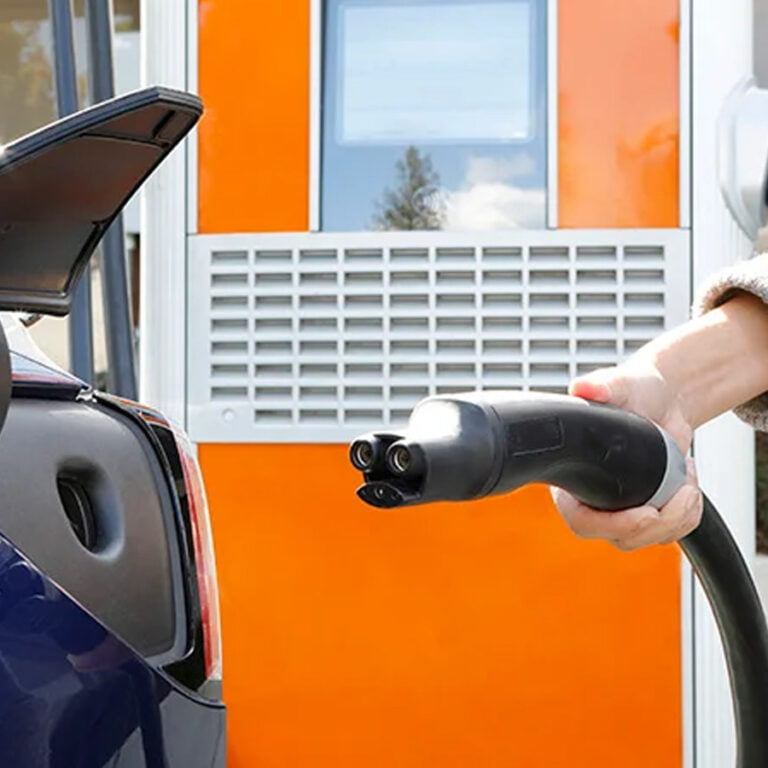
| Model | Amps | Voltage | Cable Specification | Cable Diameter | Waterproof | Certificate |
|---|---|---|---|---|---|---|
| AC charging | 32A | 110V/277V AC | 3×10AWG+1×22AWG(S)+5×22AWG | 14.1±0.5mm | IP67 | UL |
| AC charging | 40A | 110V/277V AC | 3×10AWG+1×22AWG(S)+5×22AWG | 14.1±0.5mm | IP67 | UL |
| AC charging | 50A | 110V/277V AC | 2X9AWG+1X10AWG+1X22AWG(S)+5X22AWG | 13.9±0.5mm | IP67 | UL |
| AC charging | 80A | 110V/277V AC | 2X6AWG+1X8AWG+1X22AWG(S)+5X22AWG | 19.5±0.5mm | IP67 | UL |
| DC charging | 250A | 1000V DC | 4X3AWG+1X12AWG+1X18AWG(S)+5X18AWG | 28.5±1mm | IP67 | UL |
| DC charging | 350A | 1000V DC | 4X1/0AWG+1X12AWG+1X18AWG(S)+1X18AWG+2X2X18AWG | 36.5±1mm | IP67 | UL |
| DC charging | 400A | 1000V DC | 4X1/0AWG+1X14AWG+1X18AWG(S)+1X18AWG+2X2X18AWG | 38.0±1mm | IP67 | UL |
Some questions about NACS Cables
We offer Tesla plug AC and DC model.
yes,sure, we provide complete documents for cables.
Yes, it has passed UL approval.
Yes we have strong technical team to support your stations buidling.
Yes, we accept the customzation for your request.
the plugs will be 100% inspected before any shipment.
Yes, we accept samples for testing first before bulk demands,
We didn’t have any limit for NACS cables, we accept samples order to test first.
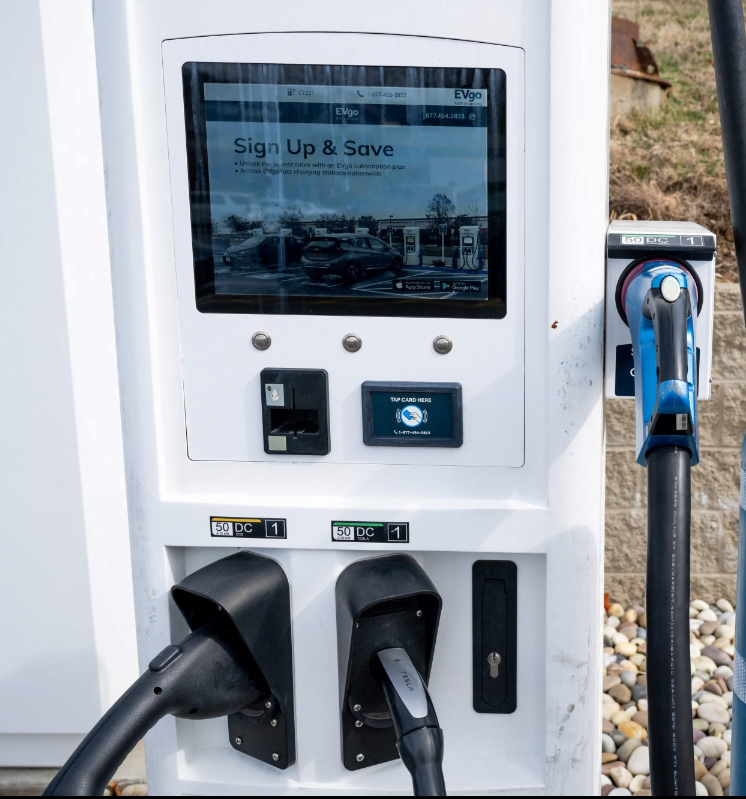
With NACS plugs becoming a common feature on many charging stations across the country, our NACS plug is designed specifically for use in a public charging station located in California. Offering a robust 250A of direct current at 1000V, vehicles equipped with NACS compatibility can now enjoy a more convenient and seamless charging experience. Moreover, the UL certification of our plug ensures the safety of both the charging station and the vehicles during the charging process, providing peace of mind to users and operators alike.

Our latest project situated in Florida, where we've installed our NACS 80A alternating current charging cables. This initiative aims to facilitate efficient and reliable charging solutions for electric vehicles in the region. The NACS 80A cables are designed to deliver consistent power, ensuring a seamless charging experience for EV users. Our commitment to quality and innovation ensures that drivers in Florida can rely on our NACS charging cables for their daily charging needs.
Whether you're at home or on the go, our Tesla-compatible AC/DC plugs are crafted to meet the highest standards of durability and performance. They provide a seamless connection to a variety of charging infrastructures, making them an essential accessory for every Tesla owner looking to maximize their vehicle's charging capabilities.
The North American Charging Standard (NACS), standardized as SAE J3400, is an electric vehicle (EV) charging connector system introduced by Tesla, Inc. This standard, also known as the Tesla charging standard, has been in use on all Tesla vehicles in North America since 2021. In November 2022, Tesla opened the NACS for use by other manufacturers, signaling a move towards a more widely adopted charging standard.
Between May and December 2023, many other vehicle manufacturers including Ford, GM, Lucid have announced that starting from 2025, their electric vehicles in North America will be equipped with the NACS charge port. Several electric vehicle charging network operators and equipment manufacturers such as ChargePoint, Blinkcharging, SK have also announced plans to add NACS connectors.
The NACS connector comes in two configurations, supporting up to 500 volts and up to 1,000 volts, with backward compatibility. Notably, there is no specified maximum current rating; any current amount is allowed as long as the connector's interface temperature does not exceed 105°C. Tesla claims to have operated the connector at upwards of 900 amperes continuously.
When AC power is used, the NACS system can deliver up to 80 amperes at 277 volts (a voltage derived from a three-phase commercial power supply at 480 volts) However, in a common configuration, NACS provides up to 48 amperes of current at 240 volts (the typical residential voltage of the North American split-phase electric power system), i.e. 11.5 kW
Operation
The NACS connector features a single button on the handle's top center. When depressed, it emits a UHF signal. When the connector is locked in place, the signal commands the vehicle to retract the latch holding it in place. Conversely, when not locked, the signal commands the nearby vehicle to open the door covering the inlet.
Pin layout
The NACS uses a five-pin layout—the two primary pins are used for both AC charging and DC fast charging:
The DC+/L1 pin provides either the positive side of the DC voltage link or when using AC it provides either Line 1 in a split-phase connection or the sole Line in a single-phase connection.
The DC−/L2 pin provides both the negative side of the DC voltage link or when using AC it can serve as either Line 2 in a split-phase connection or the neutral in a single-phase connection.
The G, or Ground, pin provides a connection between the earth and the vehicle chassis. The ground pin is also used as a reference point for the CP and PP signals and to measure the isolation of the electrical systems。
The CP, or Control Pilot, pin is used as a digital communication path between the charging system and vehicle. The control pilot uses pulse width modulation to communicate charging state and current in accordance with IEC 61851. Power Line Communication is superimposed onto the control pilot line while DC charging.
The PP, or Proximity Pilot, pin carries a low-voltage signal and is used to determine the status of the vehicle connector. When the button on the plug is depressed to unlock the connector, a switch on the Proximity Pilot circuit is opened, stopping the flow of electricity.
Pin usage is the same as the SAE J1772 connector when used for AC charging.
More charging ports. There are more CCS station locations than there are those with NACS connectors. However, the picture is different when you consider public-access charging ports. Tesla’s Supercharger network has a huge advantage from that perspective, with almost twice as many public charging ports as those with CCS connectors.
Plug-and-charge capability. Plug and charge is a convenient and straightforward way to charge EVs. All you have to do is connect the vehicle to the charging station and begin refueling. You don’t need to access a credit card or mobile app at the time of the transaction, so the charging process is easy and streamlined.
The widespread adoption of Tesla’s NACS charging technology is a promising move for the future of EVs. Having a standardized and vast network of EV charging stations solves a variety of issues and paves the way for a smoother transition between ICE engines and the electric future.
Explore Honors EV product network to learn about our NACS solution.

Hey, I’m Celia Li, the author of the post, 2 years EV field experience, from 2023 we have cooperated with some American partners to build their NACS stations, we have a strong research team to support your ev business, please feel free to contact us for more questions.
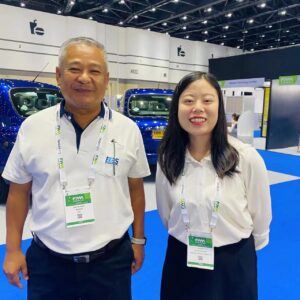
Hey, I’m Celia Li, the author of the post, 2 years EV field experience, from 2023 we have cooperated with some American partners to build their NACS stations, we have a strong research team to support your ev business, please feel free to contact us for more questions.
Thanks for your interest, your inquiry will be responded within 24 hours.